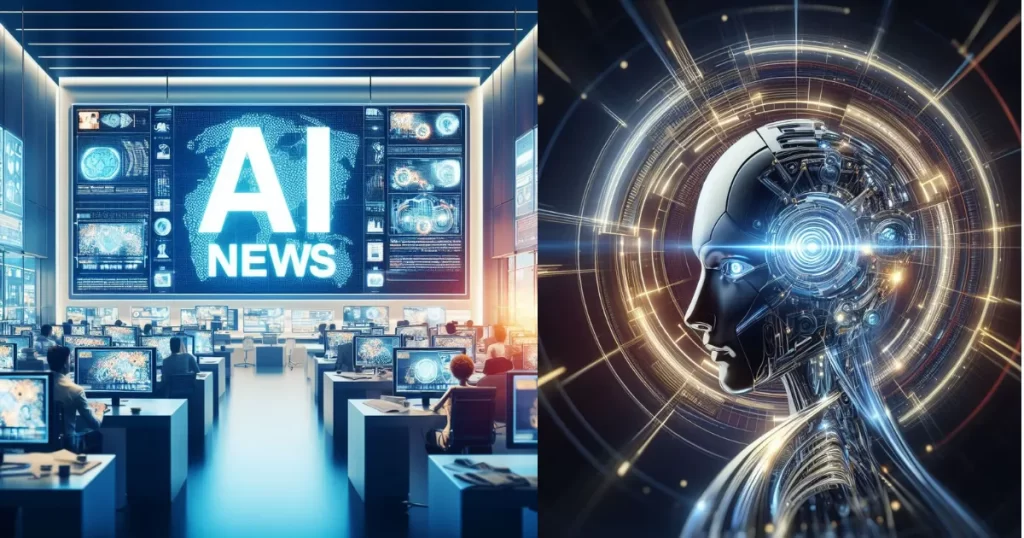Artificial intelligence (AI) is transforming the technology industry, but at a considerable environmental cost. Recent research have highlighted the significant energy consumption of AI systems, particularly chatbots such as ChatGPT. According to Jesse Dodge, a senior research analyst at the Allen Institute for AI, a single ChatGPT query consumes the same amount of power as 20 minutes of light bulb operation. With millions of users every day, this generates a significant energy demand.
AI consumes significantly more energy than typical internet applications like search queries and cloud storage. According to a Goldman Sachs research, a ChatGPT inquiry uses approximately 10 times as much power as a Google search. As AI technology progresses, its energy requirements increase. In the United States, the majority of this energy comes from fossil fuels, which contribute to climate change.
AI businesses, like OpenAI, typically do not publish their emissions. However, Google recently issued a sustainability report that revealed a 48% rise in greenhouse gas emissions since 2019, attributed mostly to data center energy use and supply chain emissions. The research recognizes the difficulties of cutting emissions as AI gets increasingly embedded into Google’s businesses. Google wants to achieve net-zero emissions by 2030, but has said that operational carbon neutrality will no longer be attainable after 2023.
Google’s desire to create the finest AI systems requires enormous resource allocation, including training AI on bigger data centers and supercomputers, which greatly increases power consumption and CO2 emissions. Microsoft has likewise pledged to be carbon zero by 2030, but faces similar challenges. Its emissions have risen by 29% since 2020, thanks to new data centers designed for AI workloads.
AI’s voracious need for energy is obvious. Data centers with thousands of servers demand tremendous quantities of power. By 2030, Northern Virginia, a data center powerhouse, will require enough energy to power six million households. Growing power demand has also slowed the deactivation of numerous coal facilities. According to the Washington Post, data centers will account for 8% of total US electricity consumption by 2030, up from 3% in 2022.
The number of data centers globally has increased dramatically, with over 7,000 now operational, up from 3,600 in 2015. According to Bloomberg, these data centers use as much power as Italy does each year. Major technology businesses are significantly investing in AI, with Alphabet CEO Sundar Pichai describing Google as a “AI-first” company. Google spent $12 billion on capital expenditures in the first quarter alone, the most of which went into data centers to assist AI development.
Despite these advances, the environmental consequences are staggering. Alex Hanna, head of research at the Distributed AI Research Institute, emphasized that the data center boom will continue as long as firms are devoted to furthering AI. Hanna contends that the true existential problem is climate change, which is exacerbated by AI’s energy demands, rather than imaginary AI dangers.
In conclusion, while AI is revolutionizing technology, its environmental effect must not be disregarded. Companies such as Google and Microsoft confront substantial problems in reconciling AI research with environmental goals. Addressing AI’s energy usage and emissions is critical to limiting its impact on climate change.
Source: “AI brings soaring emissions for Google and Microsoft, a major contributor to climate change” by Dara Kerr, NPR, July 12, 2024. You can check out the full article here.

I’m Voss Xolani, and I’m deeply passionate about exploring AI software and tools. From cutting-edge machine learning platforms to powerful automation systems, I’m always on the lookout for the latest innovations that push the boundaries of what AI can do. I love experimenting with new AI tools, discovering how they can improve efficiency and open up new possibilities. With a keen eye for software that’s shaping the future, I’m excited to share with you the tools that are transforming industries and everyday life.

